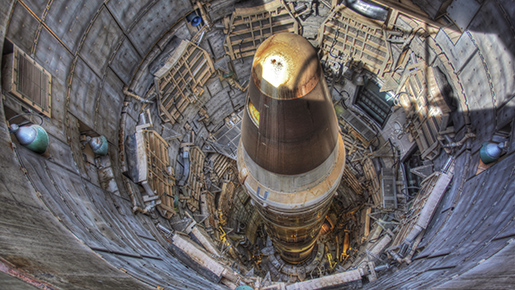The controversial, so-called fifth generation fighter, the F-35, still in development, is slated to cost from $114 to $142 million per unit in the early stages of production. The B-2 Spirit Stealth bomber costs a min-boggling $2.2 billion. It’s capable of carrying 40,000 pounds of bombs, including nuclear.
You seldom hear the cost of one nuclear weapon itemized, perhaps because it’s difficult to do. But in his new Bulletin of the Atomic Scientists column, the Institute of Policy Study’s own Robert Alvarez attempts to do just that.
In 2015, the United States has an estimated 7,300 nuclear weapons, but the average annual per-unit cost is about $1.8 million—a 500 percent increase in per-warhead cost.
Over the unit price three decades ago of $354,000 in 2014 dollars. Slightly outpacing inflation, wouldn’t you say? One of the reasons for the exorbitant cost:
A major factor driving increased costs for the US nuclear arsenal is an oversized nuclear weapons production infrastructure made up of a large number of contaminated excess facilities.
Alvarez gets off a good one:
The old axiom of nuclear weapons providing “more bang for the buck” has been turned on its head; the United States now pays “more bucks for the bang.”
I’m not going to trot out the inevitable list of better ways to spend the money — social programs, etc. — because everybody knows that defense savings will likely just get diverted to some other weapon system. But even if it were just conventional rather than nuclear, that would be a significant improvement.

